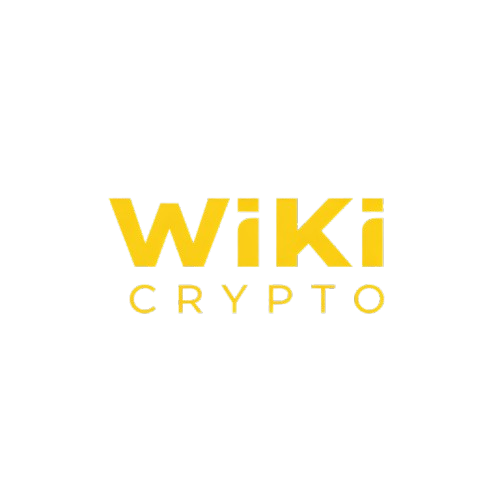The launch of cryptocurrency futures on regulated platforms like the Chicago Mercantile Exchange (CME) often marks a key milestone for institutional acceptance and broader market engagement. With CME’s XRP futures now live, it’s natural to compare the token’s debut with earlier futures launches for Bitcoin (BTC) and Ethereum (ETH).
XRP’s Futures Debut: A Cautious but Notable Entry
On May 19, CME officially introduced two XRP derivatives: a standard contract (XRP), representing 50,000 tokens, and a micro contract (MXP), covering 2,500 tokens. With XRP trading near $2.39, total day-one trading volume across both products reached just over $19 million. This included 150 standard contracts ($17.9M) and 207 micro contracts ($1.23M), based on CME data.
Comparing BTC and ETH CME Futures Launches
The scale of XRP’s launch, however, was more modest when compared to its predecessors. CME’s Bitcoin futures, which debuted in December 2017 during a historic bull run, saw over $100 million in trading volume on the first day. A total of 1,049 contracts were traded, each representing 5 BTC — equating to 5,254 BTC in volume at an average price of $19,100.
Ethereum followed suit in February 2021 with the launch of its CME futures. On day one, 388 ETH contracts (each covering 50 ETH) were traded, resulting in over $34 million in volume, as ETH hovered around $1,800 at the time.
Why XRP’s Volume Lagged Behind
Several factors may explain the relatively lower volume for XRP:
- Market Conditions: BTC’s 2017 and ETH’s 2021 futures launches coincided with bullish market cycles and high institutional demand. In contrast, XRP’s debut arrives amid uncertain market momentum.
- Regulatory Overhang: Ongoing legal uncertainty surrounding XRP’s status continues to weigh on institutional confidence. A recent setback in Ripple’s legal case with the SEC — involving a rejected $50 million settlement — has further clouded the outlook.
- Market Competition: Unlike BTC and ETH, which launched when the derivatives landscape was sparse, XRP enters a highly competitive market. Established platforms like Binance and Coinbase already offer deep XRP derivatives liquidity.
Institutional Implications
Despite a softer start, the listing of XRP futures on CME is still a significant step toward mainstream adoption. As institutional demand builds and regulatory clarity improves, XRP’s derivatives market could gain traction much like BTC and ETH did over time.
